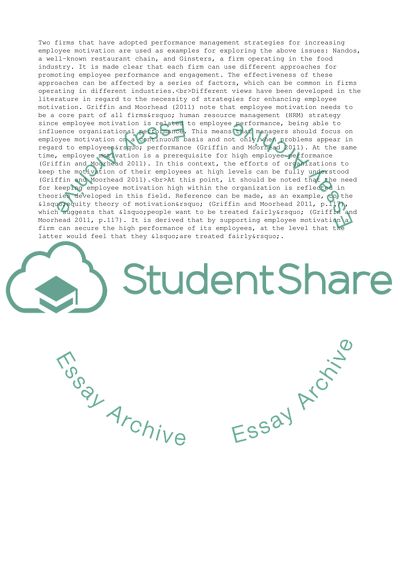Cite this document
(Building High-Performance People and Organizations Case Study, n.d.)
Building High-Performance People and Organizations Case Study. Retrieved from https://studentshare.org/management/1779784-performance-management
Building High-Performance People and Organizations Case Study. Retrieved from https://studentshare.org/management/1779784-performance-management
(Building High-Performance People and Organizations Case Study)
Building High-Performance People and Organizations Case Study. https://studentshare.org/management/1779784-performance-management.
Building High-Performance People and Organizations Case Study. https://studentshare.org/management/1779784-performance-management.
“Building High-Performance People and Organizations Case Study”, n.d. https://studentshare.org/management/1779784-performance-management.


